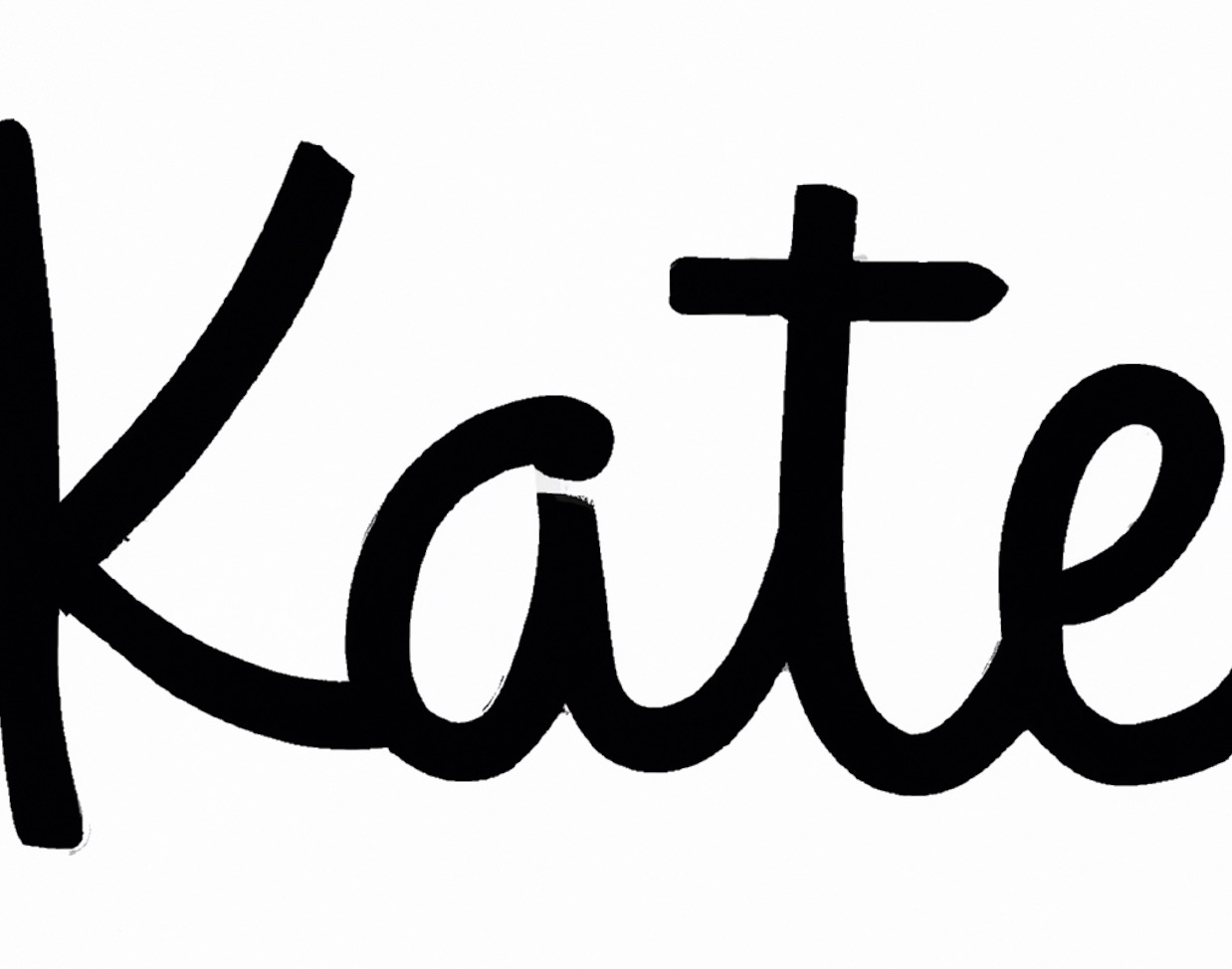Having a physical graphic design portfolio is an important tool for any freelance designer. It allows you to showcase your work in a tangible, professional manner that can be presented to potential clients or employers. A well-crafted portfolio can help you stand out from the competition and make a lasting impression.
Creating a physical graphic design portfolio requires careful thought and consideration of the content you want to include. Selecting the right pieces of work that demonstrate your design capabilities and aesthetic style is essential. You should also think about how you will present your work; will it be organized by client, by type of project, or another way?
Once you have selected the pieces of work for your portfolio, it’s important to consider the medium through which it will be presented. If you plan on including printed materials, consider investing in high quality paper stock, such as glossy or matte finishes. If you’re presenting digital work, consider adding slideshows or videos to give the viewer an interactive experience.
It’s also important to pay attention to presentation details such as font choice and color palette. Make sure these elements are consistent throughout your portfolio and reflect your personal brand and style.
Organizing Your Physical Graphic Design Portfolio
Once you have selected the pieces of work for your physical graphic design portfolio, it’s time to organize them. To ensure that all of your projects are showcased in their best light, consider breaking them down into categories such as logos & branding, web design & development, illustration & graphics etc.
If you plan on including printed materials in your portfolio, opt for professional-looking binders with plastic sleeves or folders with pockets. This will allow the viewer to easily flip through and get an overview of all of your projects quickly.
Conclusion:
Creating a physical graphic design portfolio is an important step for any freelance designer. It requires careful selection and organization of pieces that showcase both your design capabilities and aesthetic style.
Investing in high quality paper stock or video slideshows can add value to your presentation as well as font choice and color palette details that reflect your personal brand. With these few tips in mind, creating a physical graphic design portfolio should be easier than ever!
10 Related Question Answers Found
Creating a digital portfolio is one of the most important steps in becoming a successful graphic designer. A portfolio is your only form of advertisement, so it’s important to make sure it looks professional and showcases your best work. Here are some tips for creating a great digital graphic design portfolio:
Choose Your Platform
The first step to creating a digital portfolio is to choose the platform you will use.
Making a graphic design portfolio is an essential step for any designer who wants to showcase their work and skills to potential employers or clients. A portfolio should be tailored to the individual designer’s unique style and aesthetic, while also taking into account the needs of the employer or client. Here are some tips for creating an effective graphic design portfolio.
The digital age has made it easier than ever to create a great portfolio of graphic design work. To get started, you’ll need to decide what works you want to include in your portfolio, if any. You should also consider how you want to present it – as a website, an app, a PDF or something else.
In this day and age, having a Graphic Design portfolio is essential for the success of any budding designer. It serves as a platform to showcase your skills and abilities to potential employers, clients, and colleagues. With the right portfolio, you can make an excellent first impression and open doors to new opportunities that can advance your career.
Graphic design album covers are a great way to add creative flair to your music. Album covers give fans a glimpse into the artist’s aesthetic and can be used to convey the tone of the album. With a few simple steps, you can create an eye-catching and professional graphic design album cover that will stand out among the competition.
Graphic design cards are a great way to make a statement. Whether it’s for a business, personal use, or even to promote a special event, graphic design cards can be an effective and eye-catching way to communicate with your audience. Creating your own graphic design card doesn’t have to be difficult or expensive.
Creating a professional graphic design portfolio is essential for any designer to showcase their work and stand out from the competition. It is important to create a portfolio that accurately reflects your skills and style, while also conveying your professionalism. When beginning to create a portfolio, the first step is to define what kind of design you specialize in.
Graphic design cards are a great way to showcase your design skills and create a unique, eye-catching message. The card should be designed with the specific purpose in mind and should be tailored to the audience you are designing it for. Here are some tips to help you create a graphic design card that will grab attention.
Creating a portfolio for a graphic design job can be one of the most difficult tasks for any designer. It’s your opportunity to showcase your best work, highlight your skills and demonstrate why you are the top candidate for the job. The first step in creating a great portfolio is to determine what type of work you want to feature.
Making a graphic design portfolio from scratch is not as hard as it may seem. It takes some patience, creativity, and skill to create a portfolio that will showcase your best work. The first step in creating a portfolio is to decide what kind of work you want to feature.
